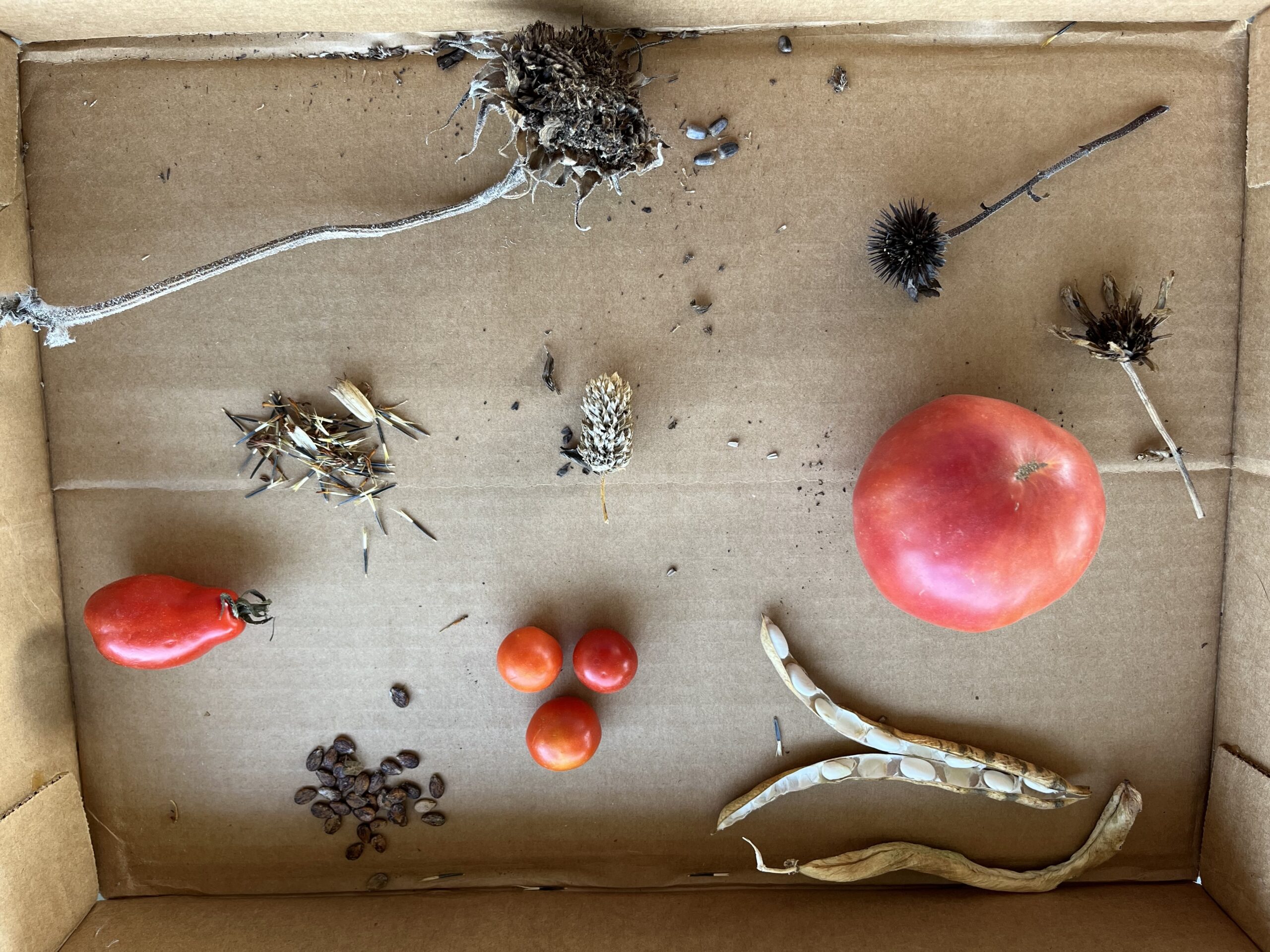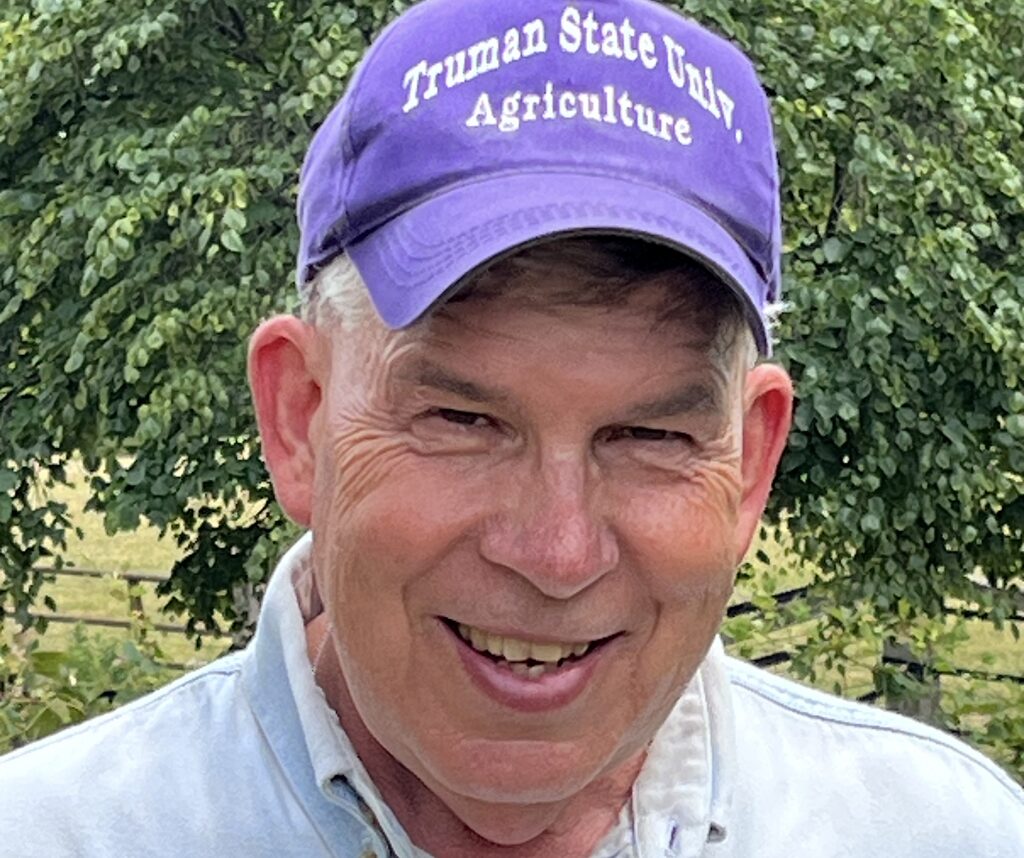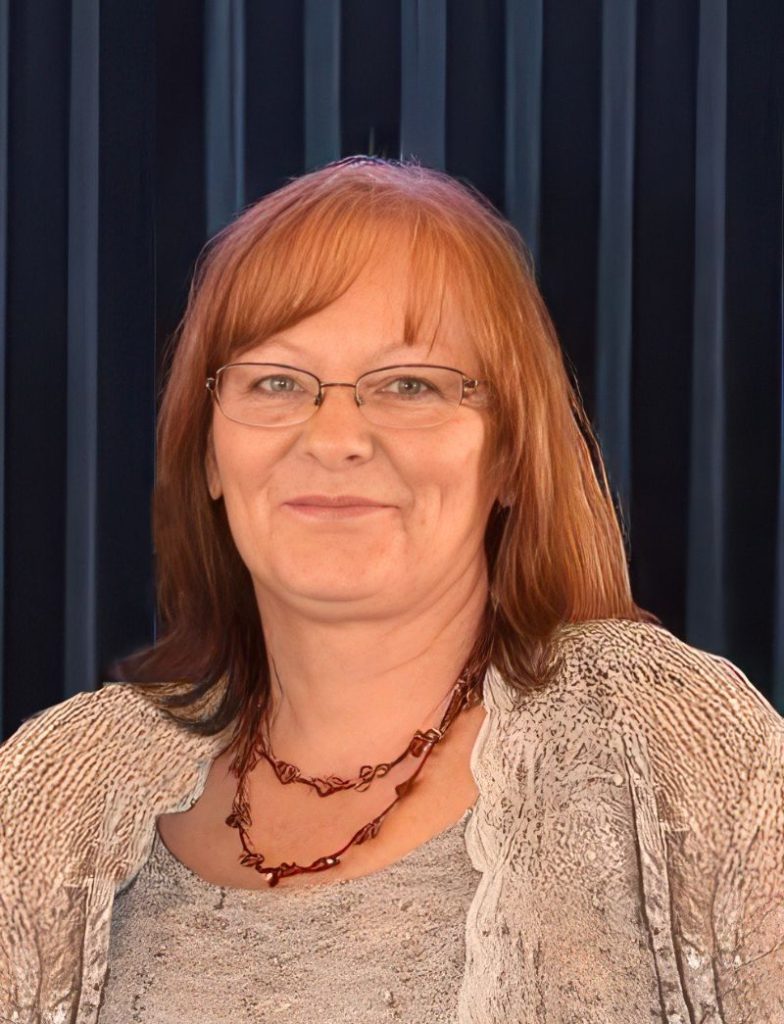The Hort Report: Now isn’t right time for weed and feed fertilizer; save vegetable, flower seeds for next year

The first day of fall was Saturday, Sept. 23, and we are getting fewer hours of daylight every day. This will continue until Thursday, Dec. 21, the first day of winter when the number of daylight hours will start to increase.
With the hours of daylight after 5 p.m. decreasing each day, we need to be trying to get as much work done as possible during the daylight hours.
A person recently stopped in the store and asked about fertilizing their yard. They wanted to buy Ferti-lome Weed & Feed Fertilizer that was on sale. He had been trying to get his yard growing better all year. I told him that any fertilizer you put on now will be a big help to the grass. Fall is the best time to put on a good yard fertilizer.
However, this isn’t the time of year to be using a weed and feed type of fertilizer. Those should only be used in the early spring of the year. The herbicide in the mix will help kill weeds, but if you are using it during this time of the year, you will be wasting most of it.
In a weed and feed fertilizer mix, the herbicide kills the weeds as they start to germinate and grow. The early spring is the best time of year to use a weed and feed fertilizer when weeds start growing.
As your vegetables and flowers start to die off for this year, some of you may want to save seeds from them. This is something my wife, Laura, and I have been doing for several years. My grandmother, Jessie May, would save tomato seeds every year. Sometimes she would get a cross with another tomato, but that wouldn’t stop her from saving the seed from one year to the next.
Not all vegetables and flowers you are growing have seed in them that you can save. For years, people have been saving seed from certain vegetables and flowers that they like.
One reason to save seeds is you can always make sure you have your favorite varieties of vegetables or flowers. By saving your own seed, you can save money. You can get even more seeds by doing a seed swap.
Many people trade seed. Many times, you can get a new or different type of seed to try for the coming year. Once you start to save seed and do some trading, you will wonder why you haven’t been doing this before.
When picking seed to save, save open pollinated plants. Many of these are ones that are called Heirloom. They have not been cross-pollinated with other plants like they are.
Tomatoes, peppers and sweetcorn are vegetables that many people may want to save seed from that are a modern hybrid variety. Any more, almost all types of vegetables and flowers have hybrid varieties in them.
When saving seeds, some types of vegetables will cross pollinate with each other if planted to close to each other. Some examples are pumpkins, cucumbers, squash and gourds. We have had a few gourds do this with small pumpkins, but I was happy when it happened. The next year’s gourds were neat looking. Flowers cross-pollinate a lot too.
Good sources for open-pollinated vegetables and flower seeds are Johnny’s Select Seed, Baker Creek and Seed Savers Exchange. There are more on the internet to choose from.
Save the seed from a vegetable or flower is when the seed is ripe. Every type of vegetable and flower seed ripens at a different time. Here are a few tips to know when to start to save the seed.
Peas and beans are ripe when the skin turns brown and the seed presses against the skin on the inside. Tomato seeds are ripe and ready to start to save when the tomato is firm to the touch but tender. You can press them, and if they give some, they are ready for you to start to save the seed.
Most all types of squash seed can be saved once the squash is past being edible. This includes cucumber, pumpkins and gourds. We have been saving seeds from pumpkins and gourds for many years. Sometimes we have waited over two years to get the seed from the gourds.
Watermelons and cantaloupe/muskmelon seed are ready to be saved once the stem turns brown and the melons separates from the stem. We are starting to save seeds from our watermelon and cantaloupe/muskmelons this year.
Once you have decided what vegetable seeds you are saving, start getting the seed out of the vegetables that you have selected. Cut them open and slowly dip out the seeds.
Most seeds need to be cleaned once you remove them. Put them in water and wash the gel that coats the seed off the seed. Do this by stirring the water in the container. You may need to hand wash some of the larger seeds to get all the gel off them. Only wash one type of vegetable seed at a time so they don’t get mixed up. If doing more than one vegetable of the same variety, keep them separate as well.
After washing them, lay them out and let them dry on a paper towel. This might take several days. Let them dry naturally. Don’t use heat or cold in any way. This might cause the germ inside the seed to become dead. Just let them stay on the paper towels to dry slowly and naturally.
Once your seeds are completely dry, you can start to store them in a dry container. Any type of container that will be tight enough not to allow any moisture to get inside it are ones to use. Store the containers in a cool dry place. We keep our seeds in an old refrigerator on our back porch. Moisture, heat and humidity can damage the seeds you are saving. Once you have gone to all the trouble to save the seed, not storing them properly will cause them to not germinate the coming year.
Flowers are very easy to know when to save the seed from them. Wait until the flower starts to die and turns brown. We will wait several days after this until we begin to harvest the flower seed. We have many different types of flowers we have saved the seed from over the years.
We like to collect the seed from the flowers best. It is easy, and we really enjoy getting to see how the flowers look the next year.
Collect seed from good flowers that are free of disease, pest damage or missing parts. We start to look for flowers to collect from once they start to bloom.
We pick the complete flower head and let it dry before we start to collect the seed from the head. We then start to take the seed head apart, being careful not to damage any seed as we separate them from each other. Flower seeds typically are smaller, so it may take longer to do this. Be careful when doing it.
You won’t need to wash flower seeds. Once they are separated, lay them out and let them dry. Many times this only takes a few days compared to vegetable seeds.
Once the flower seed is dried out, store them in containers, envelopes or Zip-Loc bags. Make sure to get all the air out of them before you put them away. Like vegetable seed, you need to store flower seeds in a cool dry place — away from moisture, humidity and heat so the seed won’t start to germinate or mold.
If you plan on trying seed collecting this fall, you will really enjoy the outcome.
Many seeds can last several years if stored correctly. The vegetable seeds can last longer than flower seeds because they have a thicker seed coat. Flower seeds have very little, if any type, of seed coat.
Fall is a great time to do both bulb and tree planting. People have asked me questions about that in the past few days, so that will be among the topics I plan to discuss in the next Hort Report.
I appreciate all your questions in the past, and I look forward to your questions in the future. Contact me at 573-588-2040 or sci63468@hotmail.com at Shelby County Implement in Shelbina, Mo. Come out and see me any time. I enjoy having people stop me any time they see me and ask about a horticulture problem.
Enjoy the great weather we have been having the past several days.

Pat Greenwell is the owner of Shelby County Implement in Shelbina, Mo. He was a high school agriculture teacher for 11 years. He has taught adult vocational agriculture since 1987. He also is a research assistant at the Truman State University Ag Department Farm.
Miss Clipping Out Stories to Save for Later?
Click the Purchase Story button below to order a print of this story. We will print it for you on matte photo paper to keep forever.

